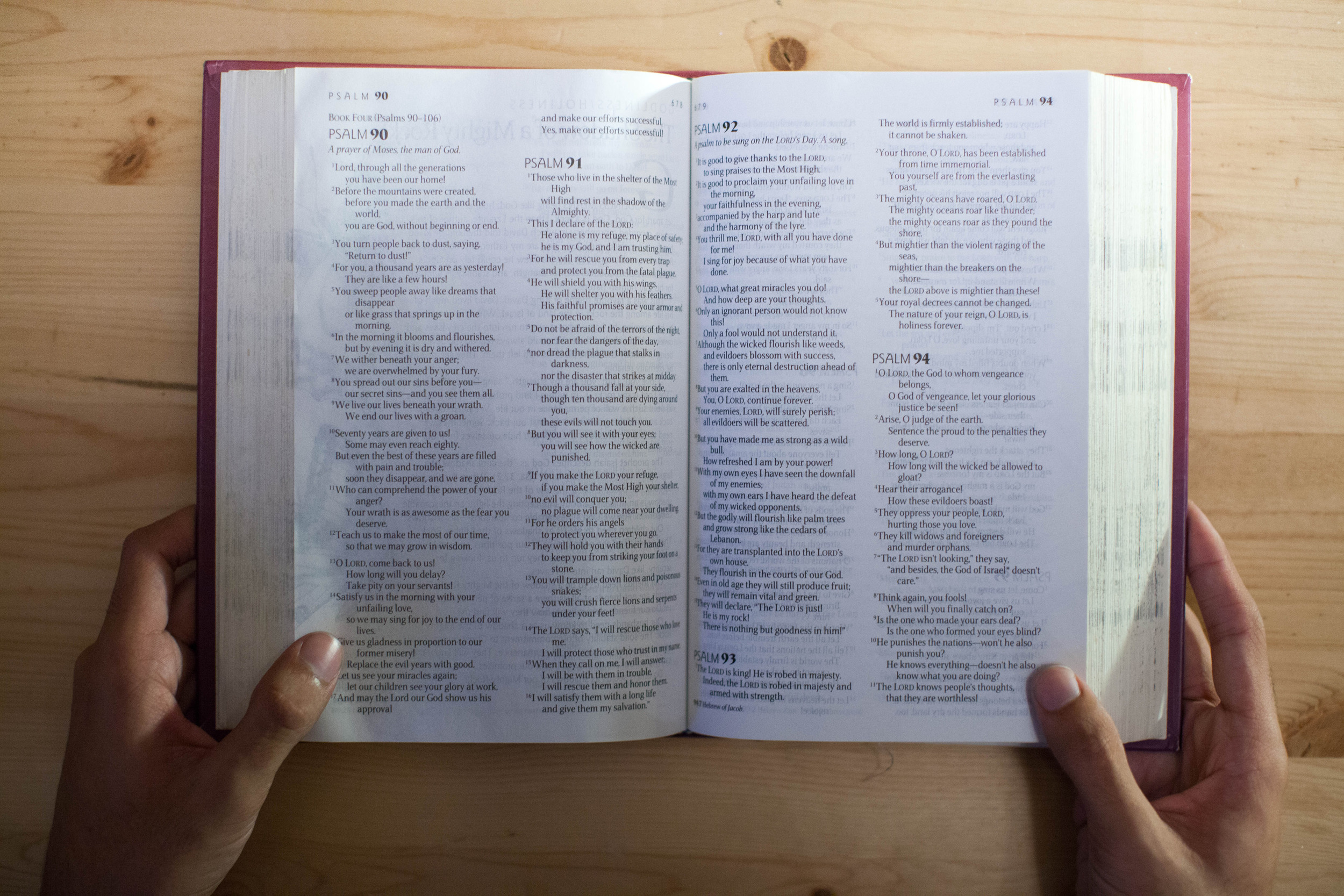How does the bible go from copies of manuscripts to the Bible on our coffee table?


How does the bible go from copies of manuscripts to the Bible on our coffee table?

Can we trust the bible, even though we only have copies? And how do we go from the copies to the Bible on our nightstands?

Bible translations keep changing, but does this mean God’s word keeps changing?

This week we look at one tactic for discovering faulty and inconsistent views on abortion, the Bible, and God.

How should we answer the question “Is the Bible literally true?”, since both yes and no are neither good answers?

Learn one simple way to help understand the Bible better and resolve apparent contradictions.
The New Testament contains the markings of being authentic because it includes numerous details that reflect poorly on those who wrote it and on Jesus. Moreover, the writers were willing to die for their claims, and they were in a position to know if they were true or not.
This week, we look stronger evidence for the Bible. The Bible was written using eyewitness testimony, and that testimony was recorded close to the events it describes.
Should we trust the Bible because it gives us a good feeling when we read it, or because it changes lives? How should we deal with the claim that we can’t trust the Bible because it’s only written by men?
Is the Bible just 2,000 year-old letter? Should Christians stop using the Bible to avoid becoming irrelevant?